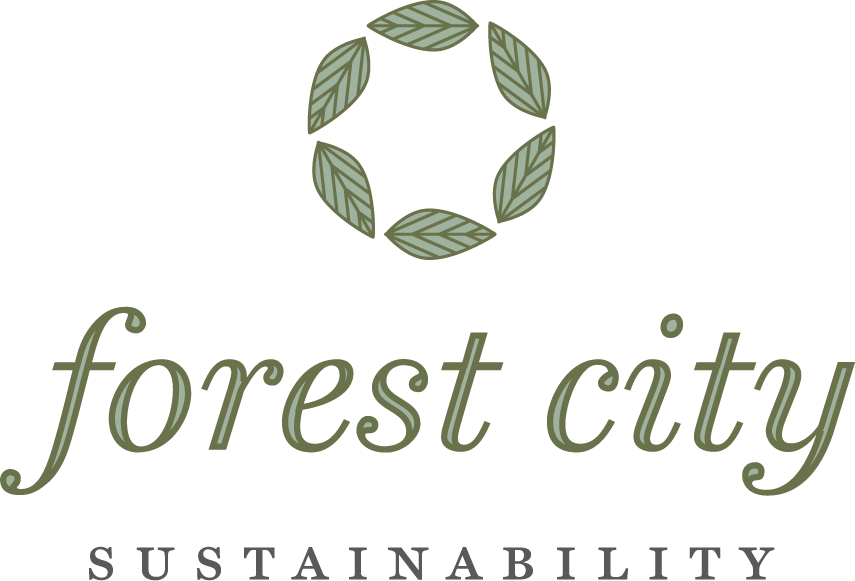2024 Carbon Footprint Results
This just in: our 2024 household greenhouse gas footprint analysis has been completed! (OK, possibly inappropriate exclamation point). Bottom line: 13.3 tons or 26,511 pounds. By itself, that’s not particularly useful. Technically, it’s 13.3 tons of carbon dioxide equivalents. Given that CO2 is a gas, 13.3 tons sounds like a lot! I don’t have a reference for that, I don’t know any other household totals. But I’m confident that it is too much.
Since I’ve been tracking using the same method since back in the pandemic (as one does in pandemics), I know that our footprint has been decreasing - down 8% from a year ago and down 22% since the first analysis in 2021. I use a twelve-month moving average to smooth out seasonal effects which can be significant.
In order to advance the cause, it’s important to understand where these emissions come from.
Sources of Greenhouse Gas Emissions 2024
Fossil fuel emissions trend
Our biggest contribution, at 48%, comes from the two vehicles with internal combustion engines (remember those?). Looking forward, this should improve as we just bought our first electric vehicle (more on that saga in a later post). We expect to see some increase on the electric side as we start charging. This is a scope 1 emission, for those keeping score.
Another scope 1 emission, natural gas, comes in at #2 at 28%. Our actual gas use will go down incrementally (no longer “cooking with gas”) and our apparent gas usage will drop precipitously due to offsets provided by Nicor.
In third place are the scope 2 emissions associated with the electricity that we use. This category will increase - the City of Rockford recently switched electricity aggregation suppliers from one that was 100% nuclear (no carbon) to one that is about 60% fossil fuels. We have other options.
Each of us took one trip by air in 2024. That’s 5% of out total. I expect this to increase in 2025.
Reducing greenhouse gas emissions is the primary objective, but it ain’t ever gonna be zero. A 2022 article in Nature estimated that the social cost of carbon is $185 a ton. For us, that amounts to $2460. I could buy offsets with that money. Lots of concerns swirl around the subject of offsets. They seem the rational thing to do, but the process needs to be matured some. Or, I could use it to invest in solutions that would further reduce our impact (heat pump water heater?). Or, I could do nothing. That’s where I ended up last year. This is where the rubber hits the road. It’s all fun and games until we reach this point. And that’s why individual action is going to be really challenging.
Let me know if you have relevant data to share or if you are interested in my methods. Paul@ForestCity.eco
Notes:
Emissions associated with other scope three categories have been challenging to calculate (food, retail therapy). I’m imagining some surrogate ways to estimate these. They aren’t included here.
We are a household of 2. I can see electricity usage increase dramatically when we have a full house over the holidays.
The sources of data for this analysis include the utility billing statements (website) and the odometer readings of the vehicles. Then there is a whole bunch of internet sourced conversion factors and some Vlookup functions. Not hard, but tedious.


